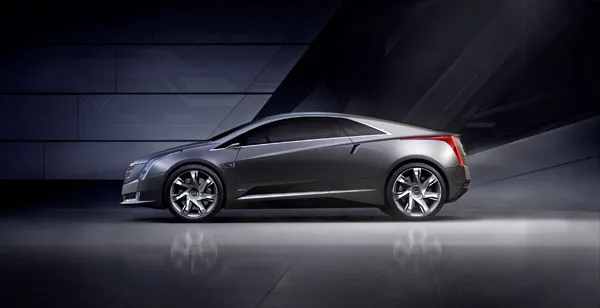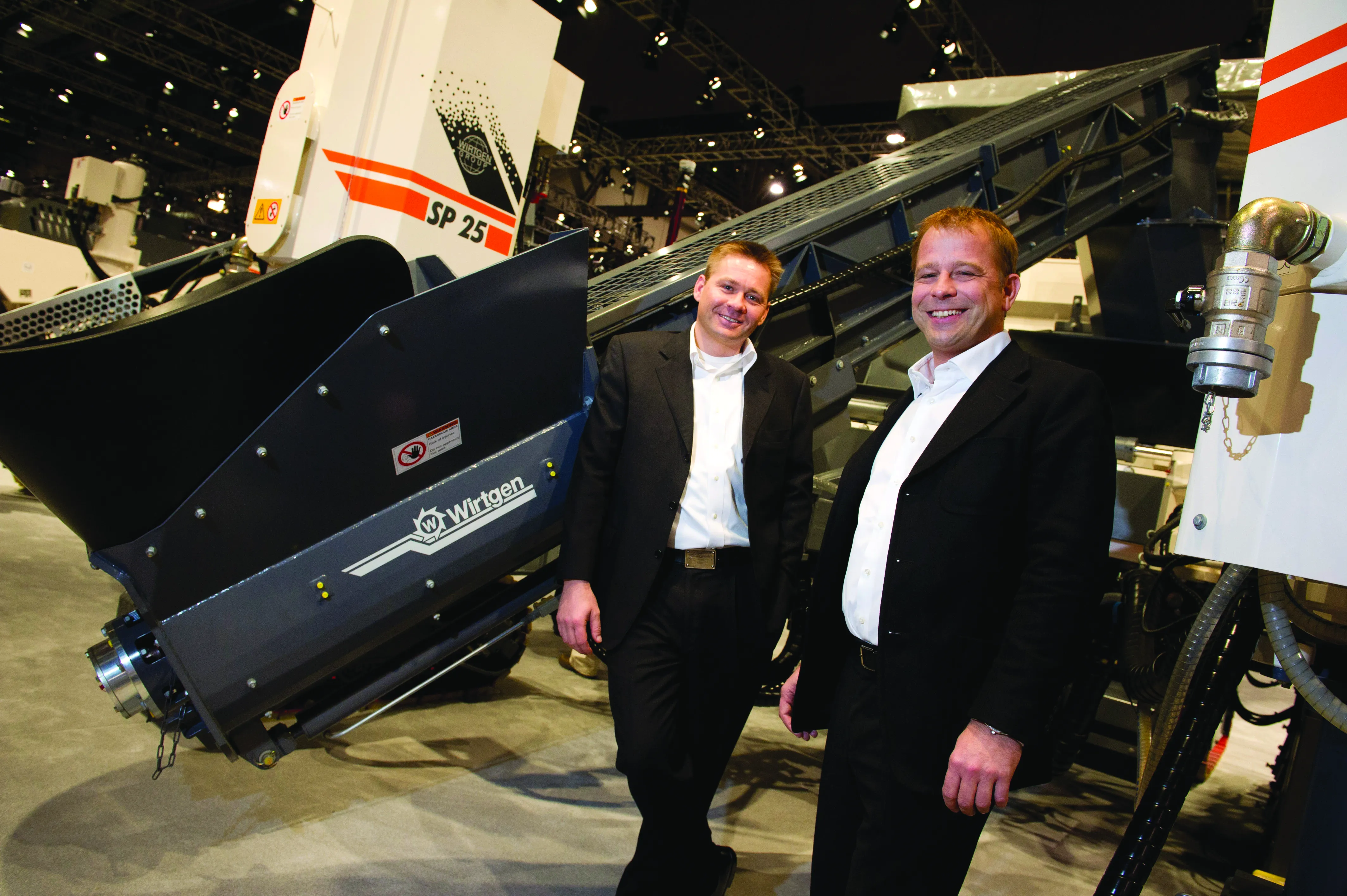Caterpillar is making the first in a series of authorised modification processes available for used Cat Tier 4 Interim products that require modification for operation outside highly regulated countries (HRCs), where the products were originally manufactured to operate.
The processes will be available exclusively from Cat dealers in certain countries with less stringent or no non-road emissions standards for used Tier 4 Interim products that customers will operate in those countries.
The authorised modifi
January 16, 2015
Read time: 3 mins
RSS178 Caterpillar is making the first in a series of authorised modification processes available for used Cat Tier 4 Interim products that require modification for operation outside highly regulated countries (HRCs), where the products were originally manufactured to operate.
The processes will be available exclusively from Cat dealers in certain countries with less stringent or no non-road emissions standards for used Tier 4 Interim products that customers will operate in those countries.
The authorised modification processes, which include decertification, were developed to remove after-treatment from certain Cat machine and commercial engine configurations to enable operation in lesser- and non-regulated countries.
Caterpillar announced in November 2013 that based on its extensive testing, analysis and field validation, Cat Tier 4 Interim engines less than 130kW that migrate outside HRCs will require modification to operate at peak performance.
Cat Tier 4 Interim engine systems between 130kW and 895kW (7-32litre engines) that migrate outside HRCs will not require any after-treatment removal or modification to maintain peak performance.
“In keeping with our aggressive product migration strategy, Caterpillar identified used products and geographies as higher probability recipients of used Tier 4 Interim products,” says engineering manager Rick Jeffs.
“We have therefore focused our design and development efforts for this first series of modification processes to align with those higher probabilities. Using those same priorities and probabilities, Caterpillar has also been preparing dealers to support the migration of used Tier 4 Interim products to those targeted geographies.
Further, we know Tier 4 Final products won’t be far behind the Interim products, which is why the strategy we’ve developed focuses on a solution for today’s customers, and for future customers.”
The first modification processes and supporting materials for select products will be available only from local LRC/NRC Cat dealers.
They have undergone service training and re-tooled where necessary to support Cat Tier 4 products. Dealers have also stocked the required parts, and they have information on specific product availability, as well as revised maintenance guidelines, optional fuel filtration kits and rebuild/overhaul repair options.
“When select Cat Tier 4 products that require modification migrate to lesser- and non-regulated countries, the authorised modification processes must be done exclusively by a local Cat dealer trained to support the products,” says Jeffs.
“Migration is a complex issue, and potential customers of this popular Cat equipment will have new purchase and support factors and issues to consider. They will find their Cat dealer an invaluable resource, and the safe source, to consult with on whether the used equipment they are considering for purchase or sale will operate effectively in their region, and if an after-treatment modification process is permitted or needed.”
The Cat Tier 4 Interim field population has grown rapidly to over 178,000 products operating in HRCs, and customers from all over the world, including lesser- and non-regulated countries, have shown increasing interest in used Cat Tier 4 products.
As part of its migration strategy, Caterpillar has additional authorised modification processes beyond this first in the series under development and local dealers will be able to respond regarding current availability.
The processes will be available exclusively from Cat dealers in certain countries with less stringent or no non-road emissions standards for used Tier 4 Interim products that customers will operate in those countries.
The authorised modification processes, which include decertification, were developed to remove after-treatment from certain Cat machine and commercial engine configurations to enable operation in lesser- and non-regulated countries.
Caterpillar announced in November 2013 that based on its extensive testing, analysis and field validation, Cat Tier 4 Interim engines less than 130kW that migrate outside HRCs will require modification to operate at peak performance.
Cat Tier 4 Interim engine systems between 130kW and 895kW (7-32litre engines) that migrate outside HRCs will not require any after-treatment removal or modification to maintain peak performance.
“In keeping with our aggressive product migration strategy, Caterpillar identified used products and geographies as higher probability recipients of used Tier 4 Interim products,” says engineering manager Rick Jeffs.
“We have therefore focused our design and development efforts for this first series of modification processes to align with those higher probabilities. Using those same priorities and probabilities, Caterpillar has also been preparing dealers to support the migration of used Tier 4 Interim products to those targeted geographies.
Further, we know Tier 4 Final products won’t be far behind the Interim products, which is why the strategy we’ve developed focuses on a solution for today’s customers, and for future customers.”
The first modification processes and supporting materials for select products will be available only from local LRC/NRC Cat dealers.
They have undergone service training and re-tooled where necessary to support Cat Tier 4 products. Dealers have also stocked the required parts, and they have information on specific product availability, as well as revised maintenance guidelines, optional fuel filtration kits and rebuild/overhaul repair options.
“When select Cat Tier 4 products that require modification migrate to lesser- and non-regulated countries, the authorised modification processes must be done exclusively by a local Cat dealer trained to support the products,” says Jeffs.
“Migration is a complex issue, and potential customers of this popular Cat equipment will have new purchase and support factors and issues to consider. They will find their Cat dealer an invaluable resource, and the safe source, to consult with on whether the used equipment they are considering for purchase or sale will operate effectively in their region, and if an after-treatment modification process is permitted or needed.”
The Cat Tier 4 Interim field population has grown rapidly to over 178,000 products operating in HRCs, and customers from all over the world, including lesser- and non-regulated countries, have shown increasing interest in used Cat Tier 4 products.
As part of its migration strategy, Caterpillar has additional authorised modification processes beyond this first in the series under development and local dealers will be able to respond regarding current availability.









